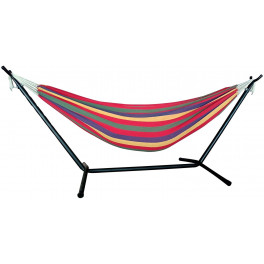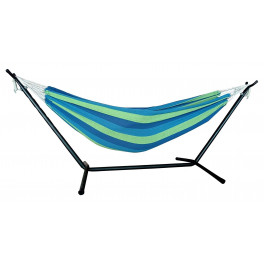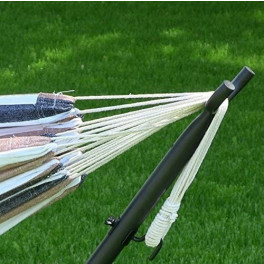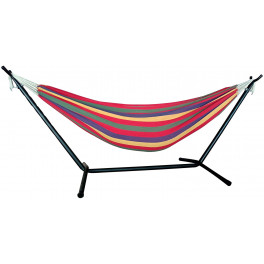As homeowners, we use sprays, powders, landscape fabric, mulch, rocks, and sometimes we even resort to hand picking to tackle the inevitable influx of lawn weeds during the warm spring, summer, and fall months. Try as we might to get rid of them, our efforts are usually in vain.
I can’t tell you how much time I spend weeding my front landscape beds every week. At this point, I’m even unable to bribe my small children to help— they’re that prevalent. Instead of resorting to chemicals that may not be good for our family, I decided to do a little “digging” into my weed problem. It turns out, the weeds I’ve unenthusiastically attempted to remove for years aren’t just a nuisance. In fact, my weeds say a lot about what’s going on in my yard and they will for your yard too.
Weeds are the perfect indicator for yard health. Here are some common backyard weeds and what they mean for you.
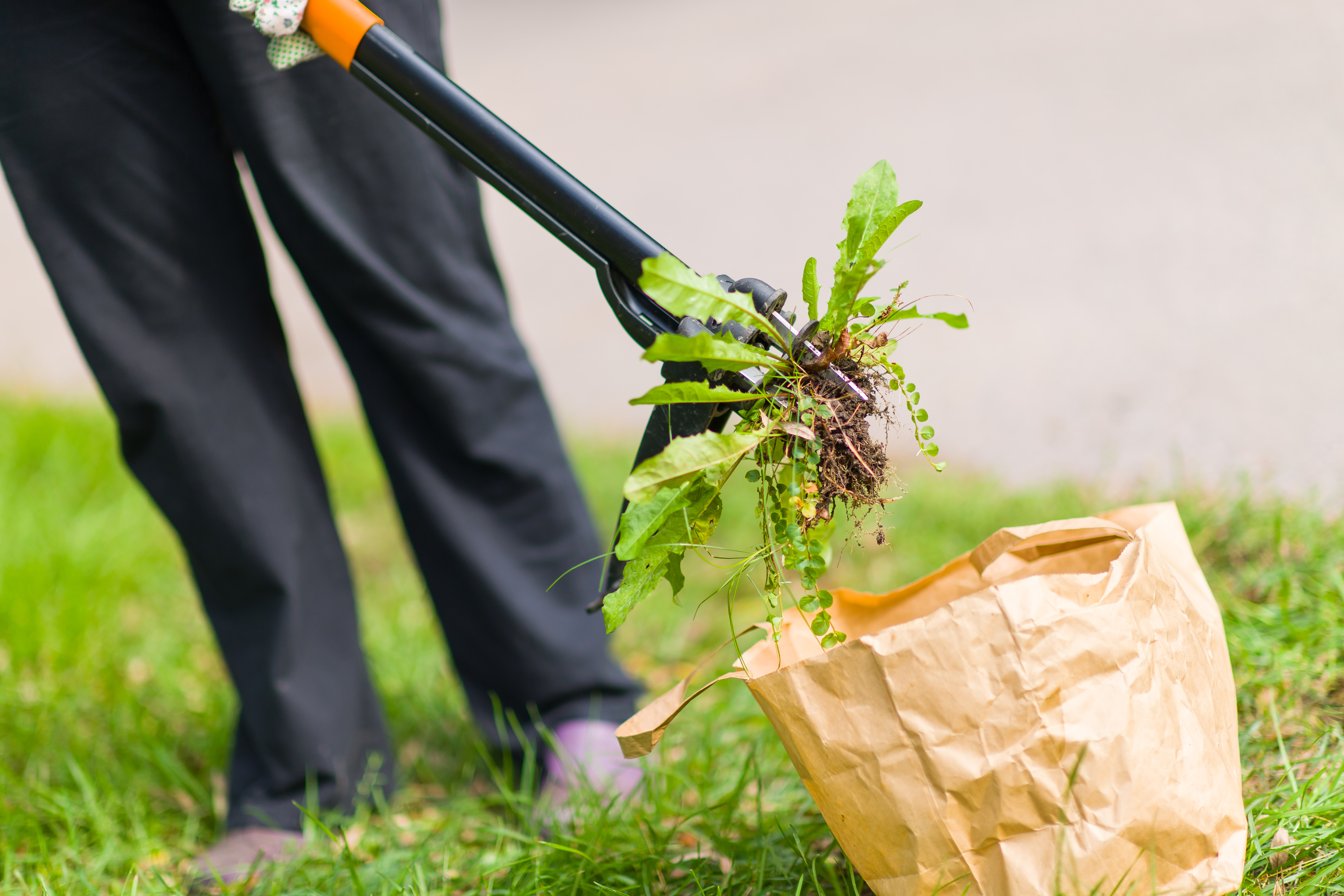
Photo by Jari Hindstrom on Adobe Stock
Dandelion
Sure, kids love these things, but the moment your 2-year old blows a dandelion’s worth of seeds (affectionately called “wishies” in my home) across your backyard, you know you’re in for some remediation down the road. Before you know it, your yard is one big bed of yellow flowers.
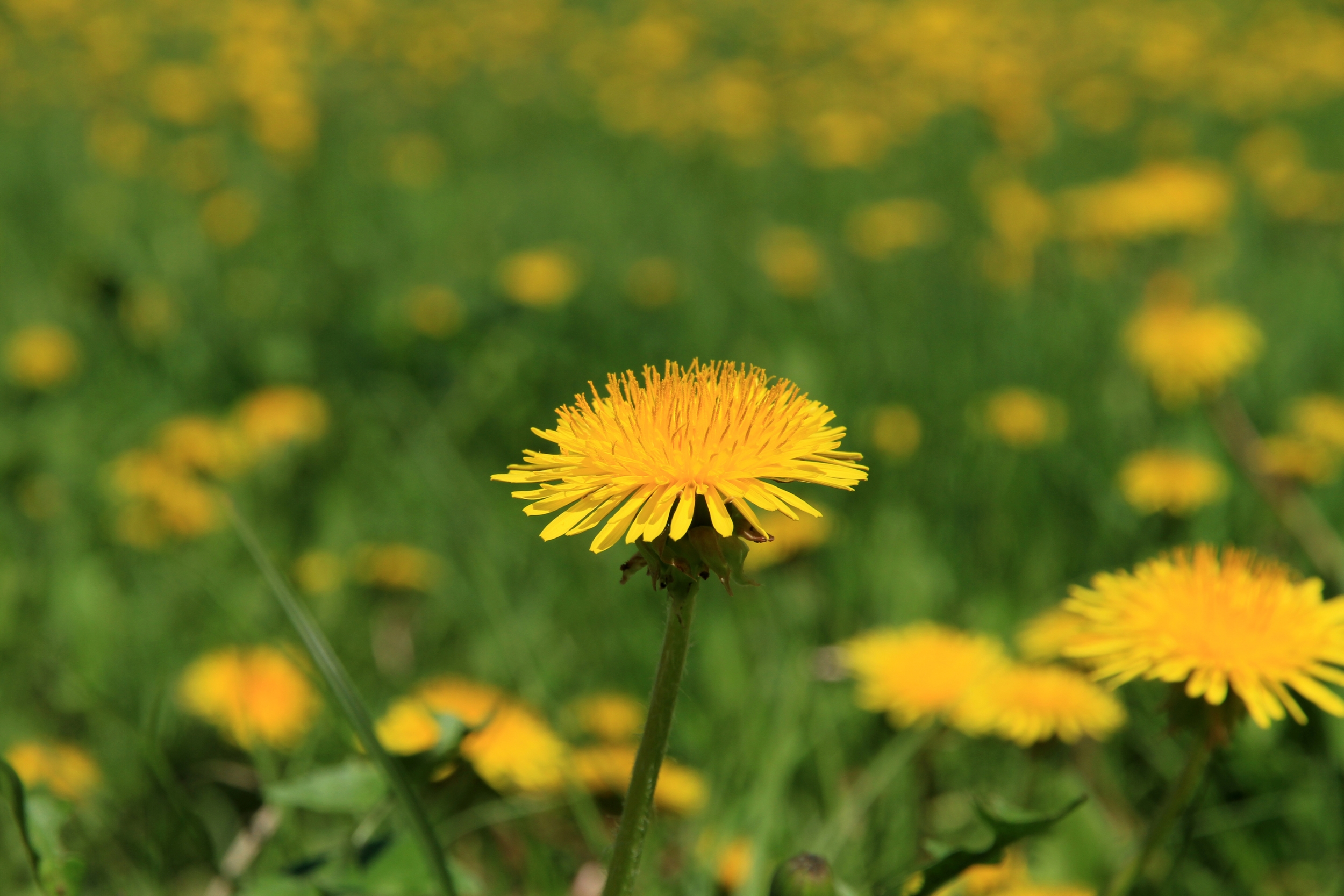
Photo by Indos82 on Dreamstime
Indications: Dandelions indicate that your soil has a low nutrient content. They also tend to spring up in areas with dry, compacted soil with a low pH.
Removal: Hand removal is the most effective way to rid your backyard of dandelion. You could also try raising the pH of your soil by tilling problem areas and applying a regular dusting of baking soda.
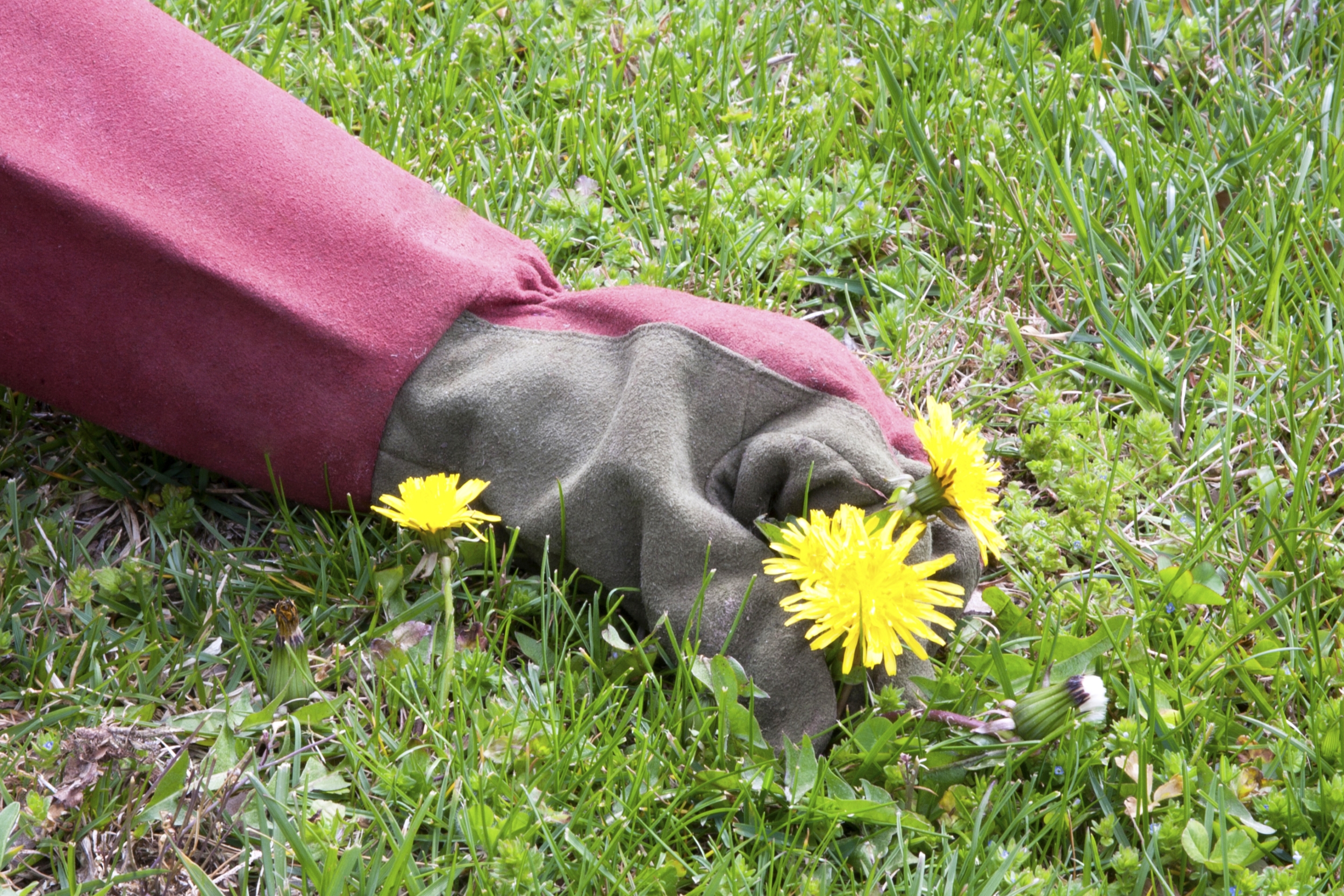
Photo by karenfoleyphoto on Adobe Stock
Prickly Lettuce
You may know it as milk thistle, but it doesn’t matter what you call it, it’s definitely an unwanted yard staple across much of the country. Although the name suggests that it’s edible, avoid eating prickly lettuce because it contains an opioid-like chemical.
Indications: Prickly lettuce tells you that your soil is on the right track. In most cases, prickly lettuce loves to grow in soil with lots of nutrients.
Removal: Use a strong herbicide before it flowers.
White Clover
If I go a day too long without mowing the grass, my backyard white clover lets me know it. In fact, I’m practically swimming in this stuff. Once you see one of those small white flowers growing from your white clover, expect hundreds more to pop up in the coming days.
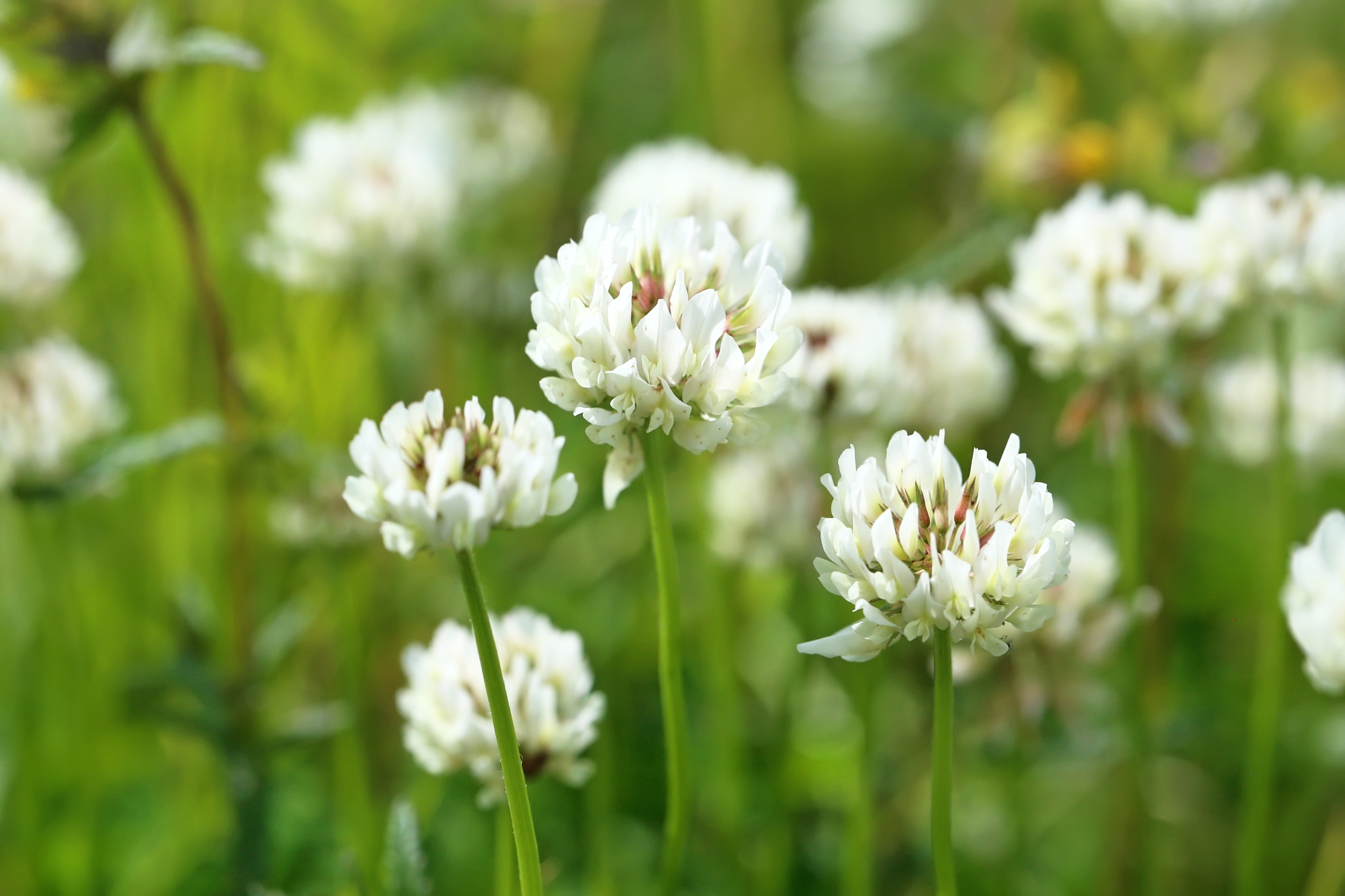
Photo by Grigorii Pisotsckii on Shutterstock
Indications: It’s a hard pill to swallow, but all this white clover tells me that my soil quality is poor. White clover also grows well in moist soil.
Removal: Big patches of white clover are virtually impossible to completely eradicate. However, a herbicide/weed killer treatment in the fall or winter months may help control the problem.
Crabgrass
Crabgrass is your lawn’s worst enemy because it literally takes every last nutrient and kills off other grass types. Plus, it plays a large role in your seasonal allergies.
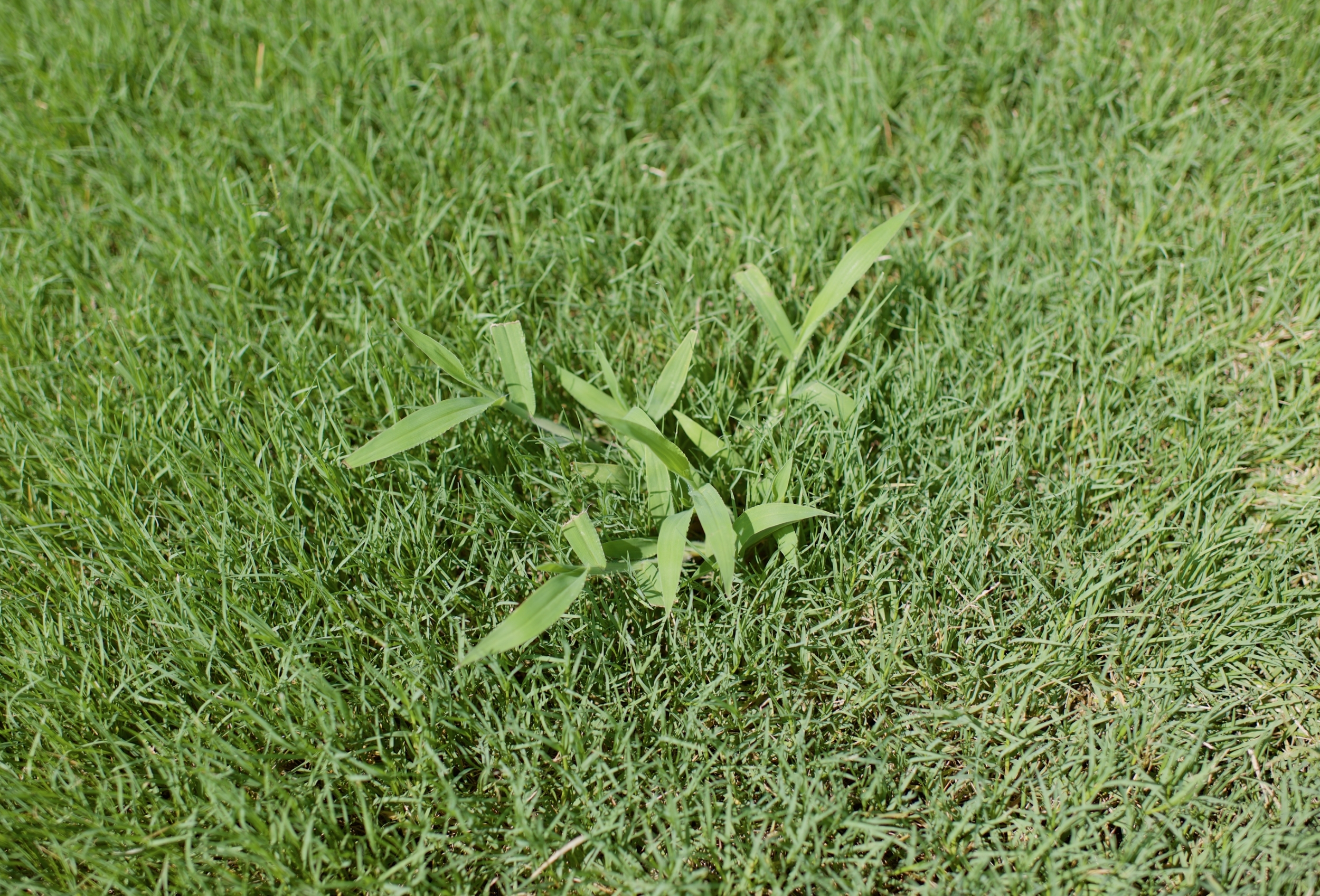
Photo by Calvin L. Leake on Dreamstime
Indications: Crabgrass grows in dry areas, so if you don’t water your lawn enough or you cut your grass too short and it begins to fry in the hot summer sun, crabgrass is likely to grow.
Removal: Remove crabgrass by hand, then focus on keeping your lawn healthy and happy with lots of water and less frequent mowings.
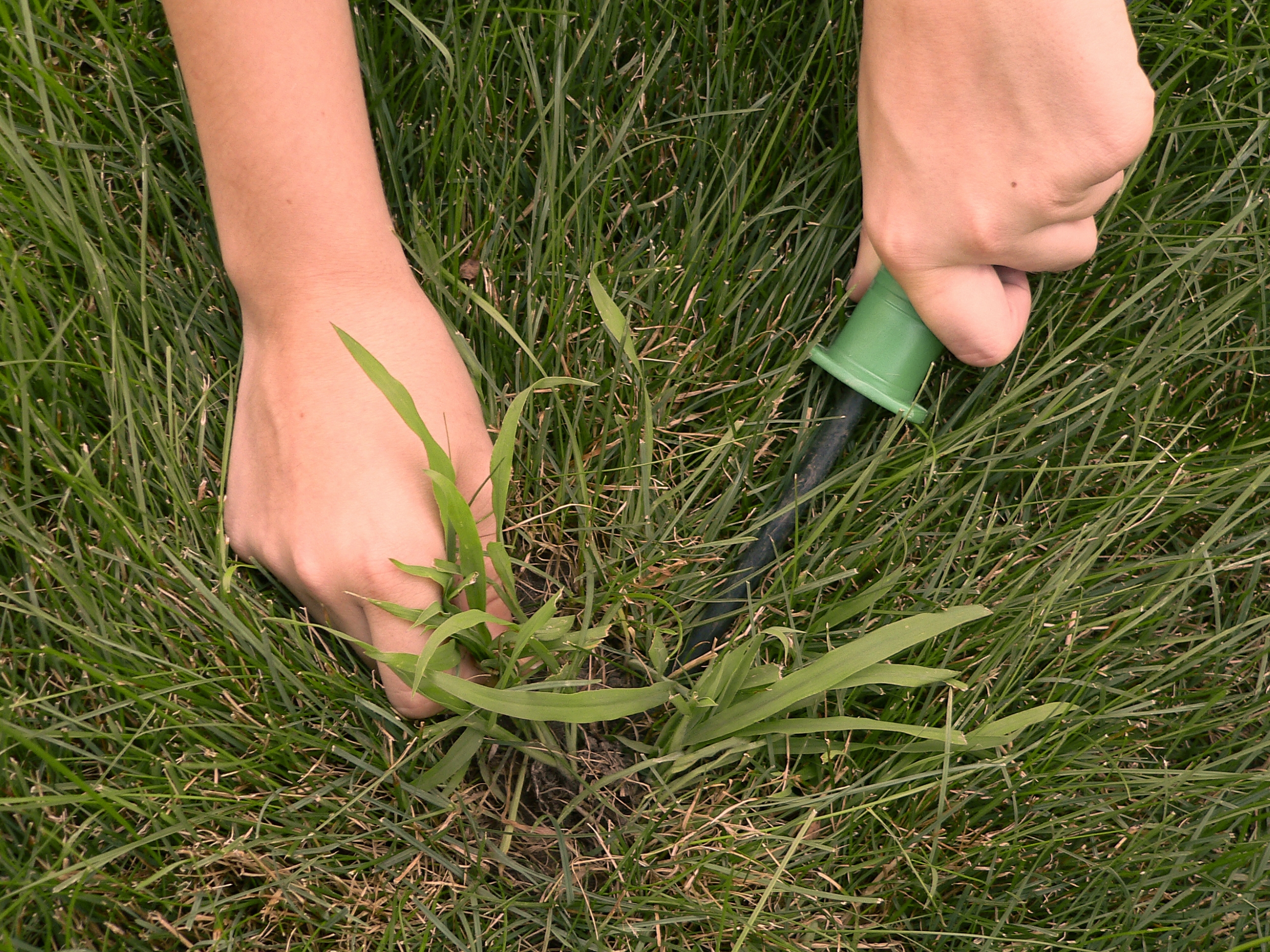
Photo by Dennis Oblander on Adobe Stock
Oxalis (“Wood sorrel”)
Oxalis is a major problem where I live, but it’s so beautiful that I don’t mind having it around. You’ll notice that oxalis plants resemble clover, but they range from a bright green to a deep purple. In the summer, they produce pretty yellow flowers with 5 petals.
Indications: The presence of oxalis indicates your soil is healthy, moist and at a good pH.
Removal: Remove by hand or use a strong weed killer. You can eat the leaves and flowers of oxalis in small quantities, so add some to your salad if you haven’t treated your lawn.
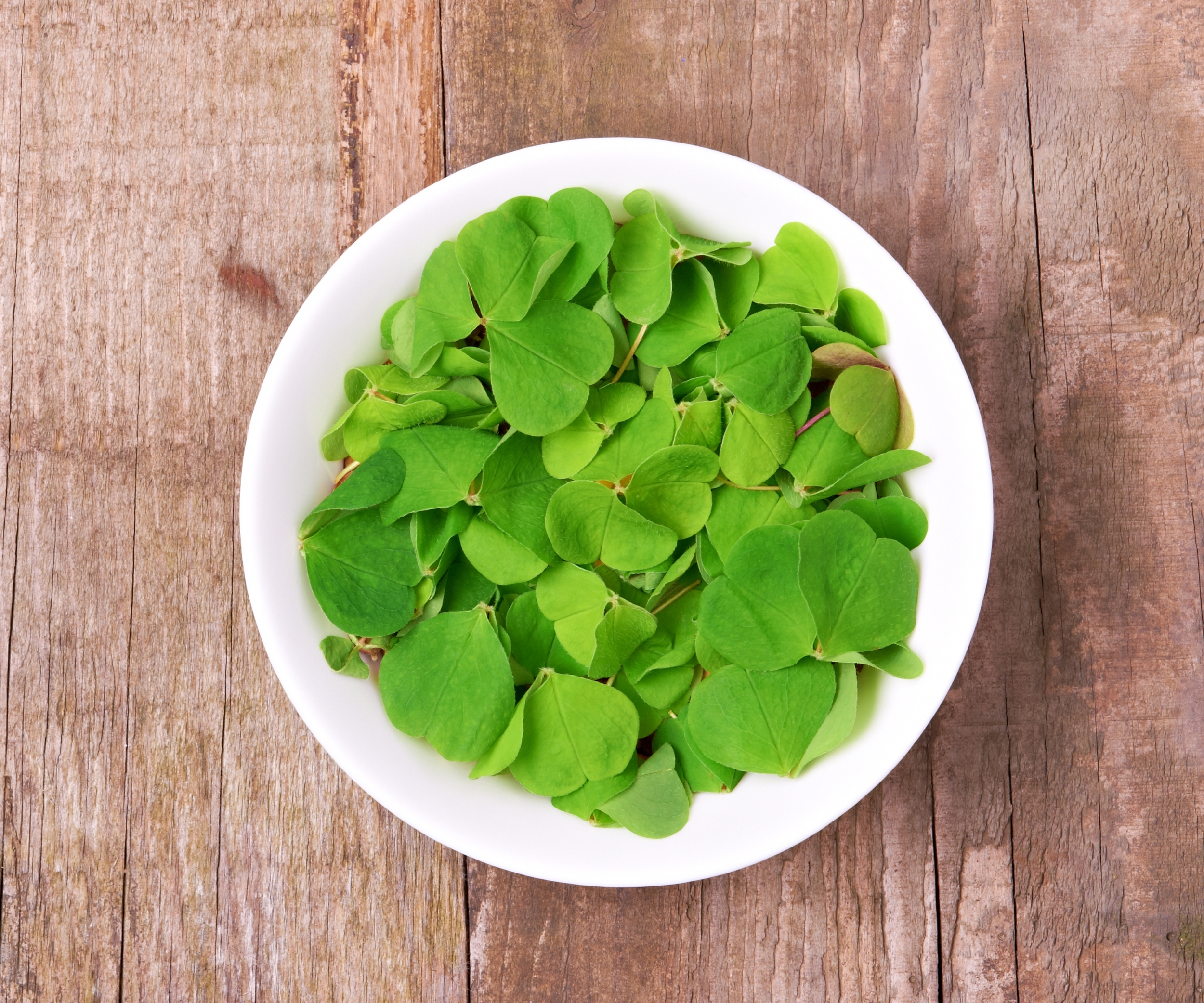
Photo by Dragan Milovanovic on Shutterstock
Bull Thistle
You’ve probably seen bull thistle growing on the sides of the road or in the back corners of your yard. It’s a prickly plant that’s considered a noxious weed in most of the country.
Indications: Since bull thistle grows in just about any environment except highly shaded areas, it’s not the best indicator in your yard. However, if you see bull thistle, you can easily deduce that it’s suffocating other plants, including grass and trees.
Removal: Hand removal is your best bet. Since the plants get quite big, use a trowel or shovel.
It’s time to take a long, hard look at your weeds. By identifying the weeds most common in your yard, you can work to solve issues such as poor soil quality, under-watering, and more.
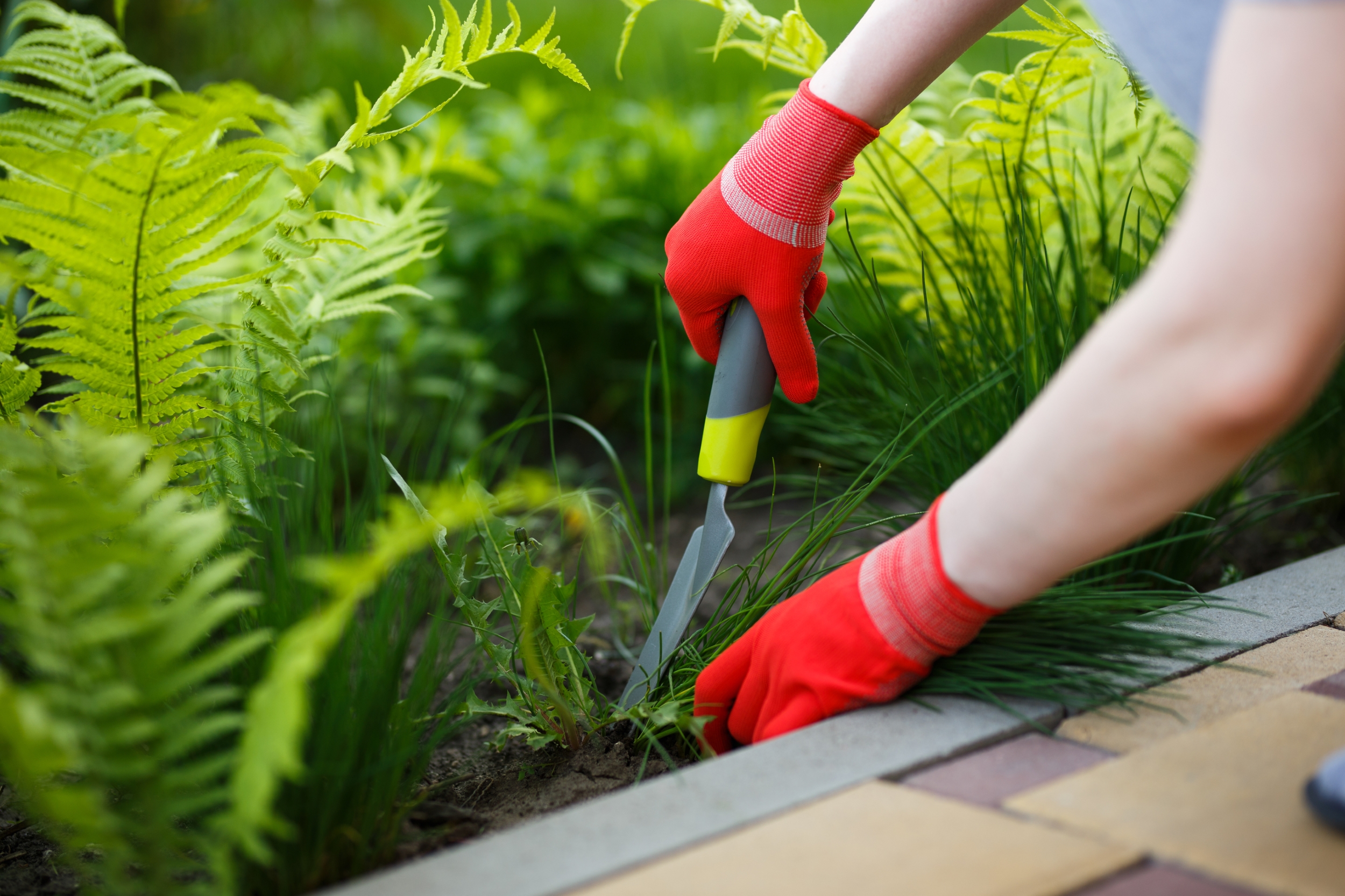
Photo by Maksim Kostenko on Alamy




